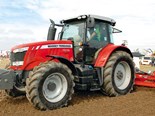Top Tractor Shoot Out: Case IH Puma 160

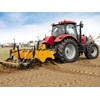
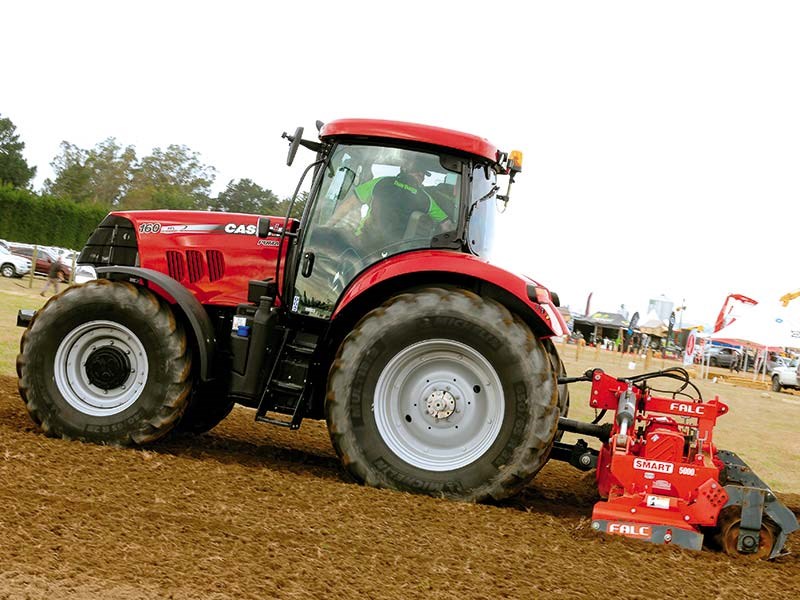

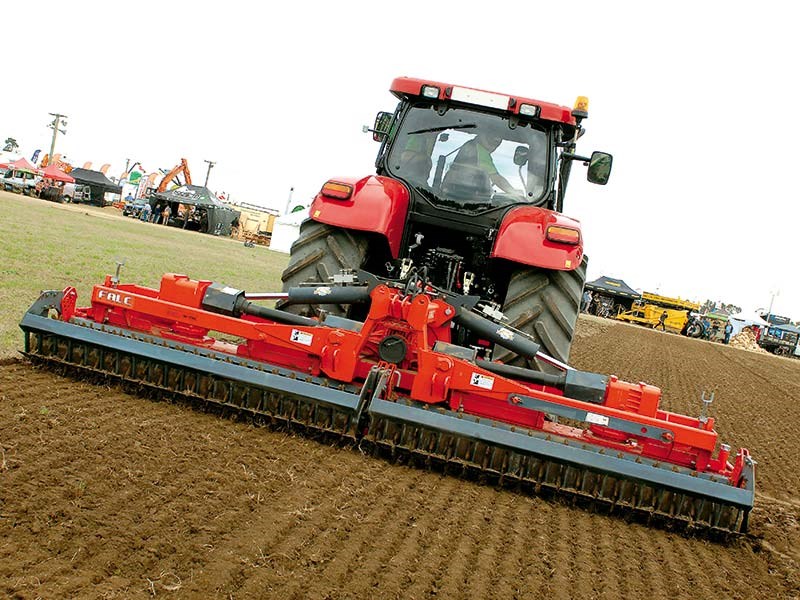

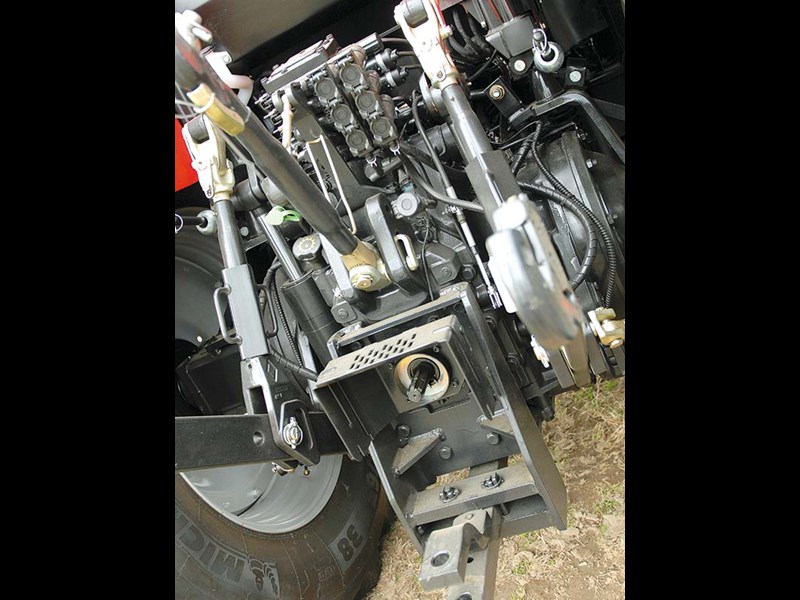


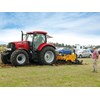
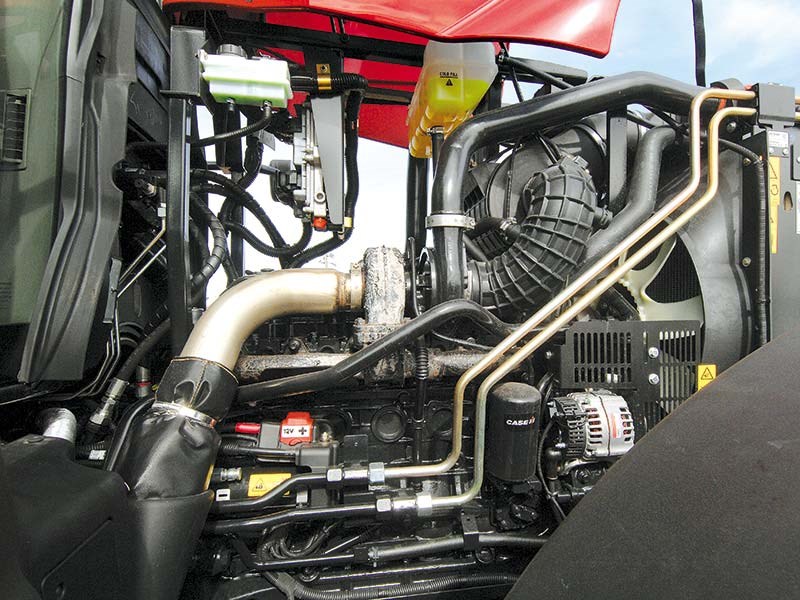

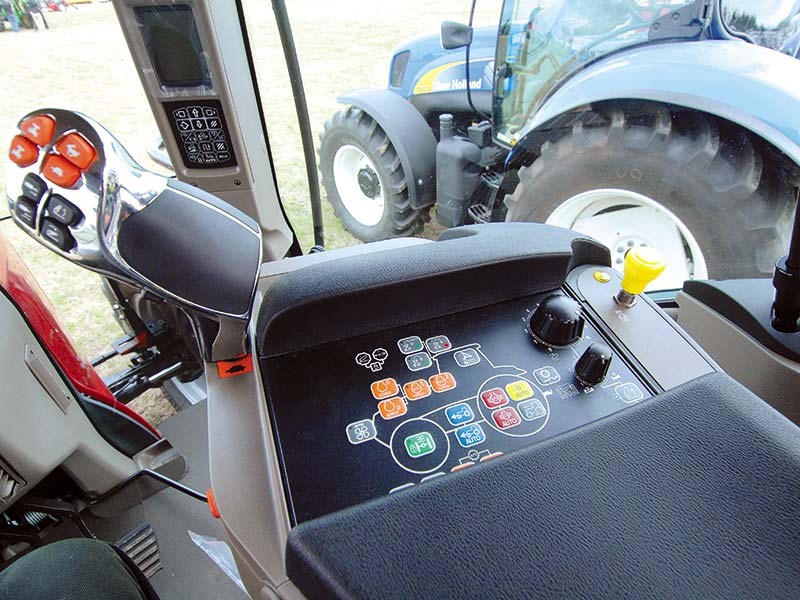


|

|

|

|

|

|

|
When it comes to performance and power, the impressive Case IH Puma 160 was the best of the bunch in this year’s Top Tractor Shoot Out.
Standing head and shoulders from the crowd, the Case IH proved to be the best performing tractor on the day in terms of power output, taking out both our best performance and best engine awards in the Top Tractor Shoot Out.
Top Tractor awards 2015
- Best performance
- Best engine
- Best longest service interval (equal)
- Best transmission
- Highly commended
Engine
Case IH has stuck with its well-regarded numbering method, which sees its tractors labelled with the rated horsepower on the bonnet. So with the Puma 160, you get a 6.7 FPT (Fiat powertrain technologies) engine tucked under the red bonnet, with a rated output of 160 hp.
This is a high pressure common rail turbo engine which is well proven across a wide range of Case IH machines, from 130hp right up to 300hp in its combines.
Transmission
The full powershift transmission in the Case IH sets it apart from the other machines tested. It gives you an 18-speed transmission which requires no clutch changes or even ranges to jump through. It's operated quite simply by push buttons to change up or down as required. All four judges agreed that the Puma 160 transmission stood out above everything else.
Serviceability
Daily checks are kept simple. The engine oil can be checked with the bonnet closed, and there is a handy sight glass around the back for the transmission oil. The single piece bonnet opens on gas struts and clears out of the way to give good access around the engine. In the front, a large cooling features rubber flaps on the sides to ensure all air is drawn through the radiators. All four components easily unlatch and open out for easy servicing.
The service intervals of 600 hours for the engine and 1200 hours transmission see the Case IH Puma 160 tied with the New Holland – great to keep maintenance costs and downtime low.
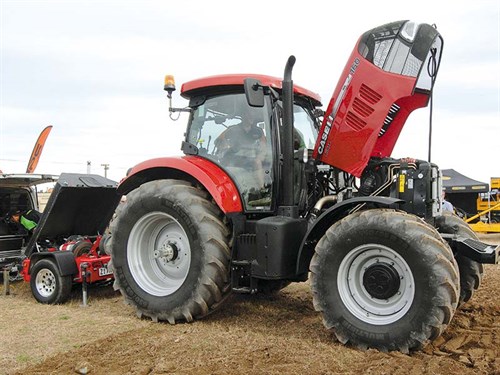
A large 330-litre fuel tank will keep you running all day, while the AdBlue tank holds 48 litres and is used at around five percent of the rate of diesel, which will see you topping up with AdBlue every two or three tanks of diesel – all in all not too much to complain about.
Cab/controls/user-friendliness
The cab is probably the one of the most important aspects of a tractor to get right as it's where most people end up spending most of their time. Case IH uses a four-pillar design, which gives improved visibility. A sunroof hatch benefits those who fit a loader and a tinted rear window helps keep the cab temperature down.
Comfort in the cab is paramount with a large fully adjustable air seat for the operator, along with mechanical cab suspension and the most comfortable passenger seat on any tractor we tested. The cab itself is well laid-out and almost all controls can be found on the armrest.
Hydraulics
Around the back end, you'll find three sets of remotes as standard. These are stacked vertically and labelled one to three from the bottom up. The fact the remotes are also on the right-hand side can be a slight hindrance when you are generally hitching up implements from the left. All three use mechanical linkages and have adjustable flow rates.
The hydraulic system shares oil with the transmission and is powered by a variable displacement piston pump which delivers 113 litres/min which should prove adequate for most requirements.
It was good to see a trailer brake valve was fitted as standard and while there was no power beyond, it can be fitted as an option along with additional remotes (four max).
Linkage
Hook end arms are used on the three point linkage. The top link uses the winder and a simple catch to hold it when not in use. Maximum lift capacity sits at 8.2 tonne, which although not the highest of the tractors, is more than ample for this size tractor. Controls on both rear mudguards come in handy when hitching up implements.
Performance on the day
At 160hp plus boost, the Puma 160 was the most powerful tractor of the bunch and set a benchmark for how well it handled the implements. Although it handled the three-metre Alpego Cracker well, due to the fact we weren't using the PTO or travelling faster than 15km/hr, it wasn't tapping into the potential 30hp it had in reserve and other machines proved slightly better at draught work.

On the Falc five-metre power harrow it was a different story. With the PTO under load, the EPM cranked up the horsepower to its full output and it was evident straight away, handling what is quite a sizable power harrow with ease.
Luckily for us, Edwin Wiegersma from Diesel Performance Solutions put all the tractors through their paces on the Dyno. Knowing a few tricks, he could turn the EPM on (while stationary) so we got to see results at the rated rpm and the boosted power which were 153 and 181hp respectively.
The verdict
All four judges agreed the output of the Case IH Puma 160 for this price range was fairly impressive and showed there is minimal power loss between the engine and the shaft.
Pros
- Well laid out comfortable cab
- Excellent pto performance –easily the best on the day
- Dash located on the A pillar meaning enhanced forward visibility
- Air con now mounted in the roof line
- Four pillar cab, roof hatch and tinted rear window meant exceptional all round visibility
- Multicontroller armrest meant all main controls were well within reach
- Long service intervals and 5yr/5000hr warranty plan mean cost of ownership will be kept as low as possible
Cons
- The reverse numbering of the remotes and the valve block on the right hand side meant they were more awkward to use than other tractors tested
- The PTO switch on the armrest was easy to knock out of gear
Read the full review in issue #217 of Farm Trader magazine. Subscribe here.
Keep up to date in the industry by signing up to Farm Trader's free newsletter or liking us on Facebook











